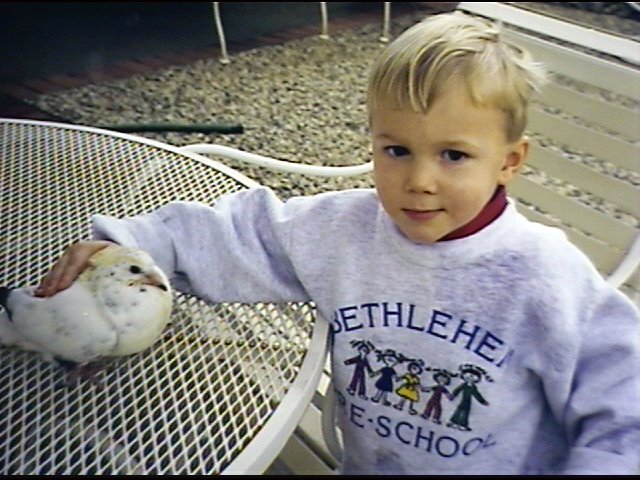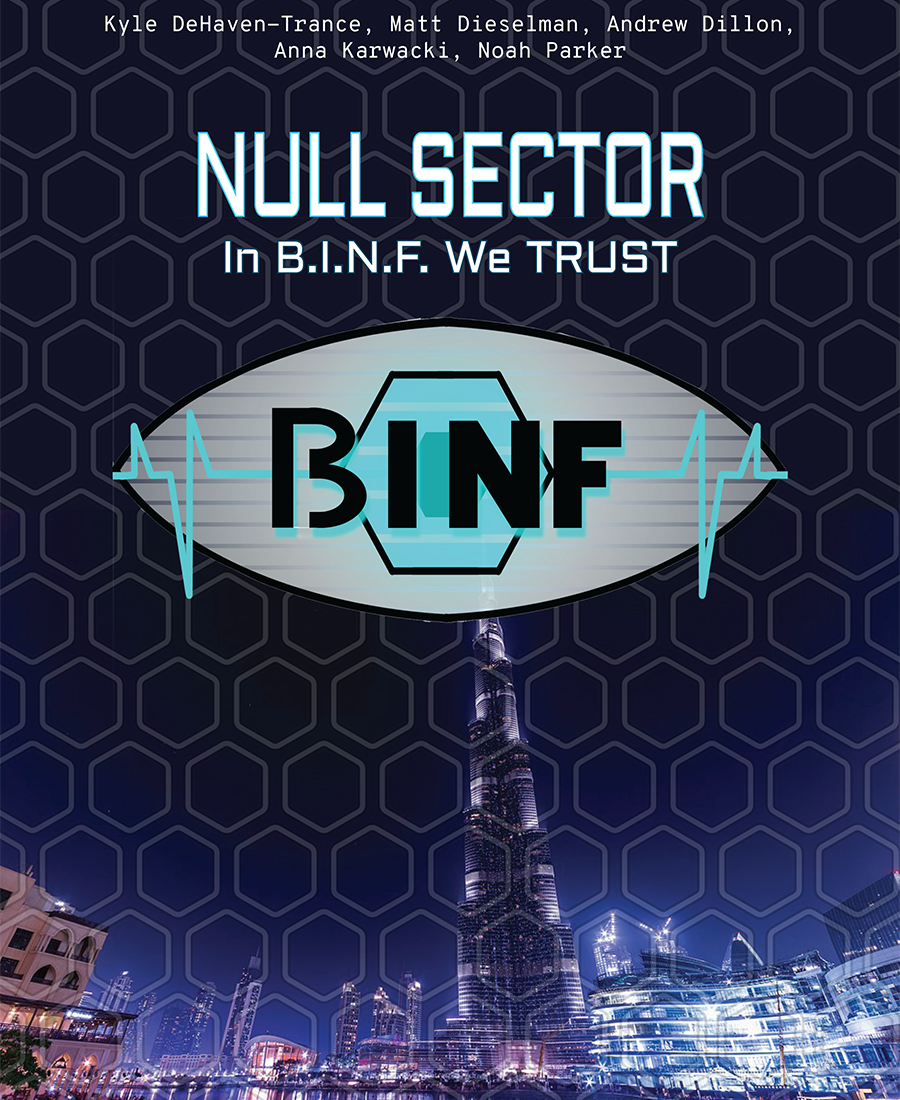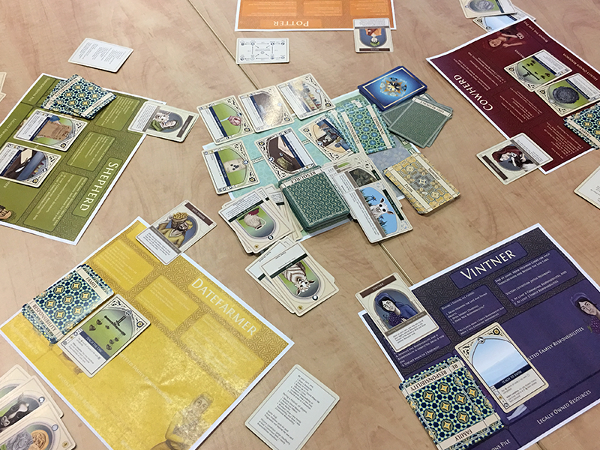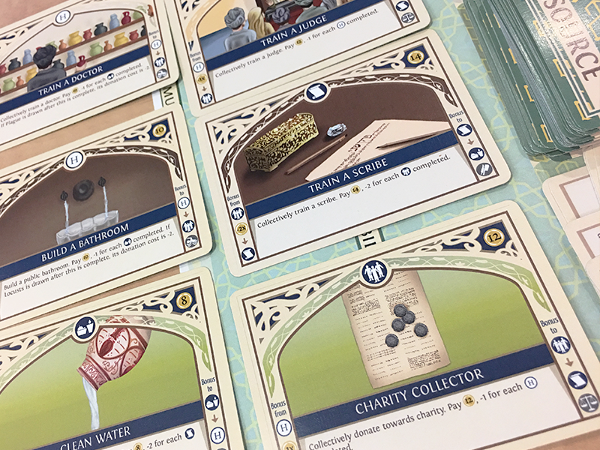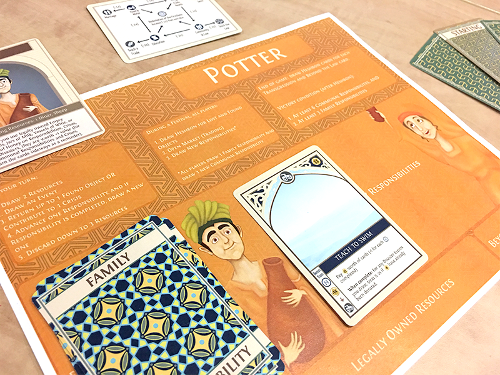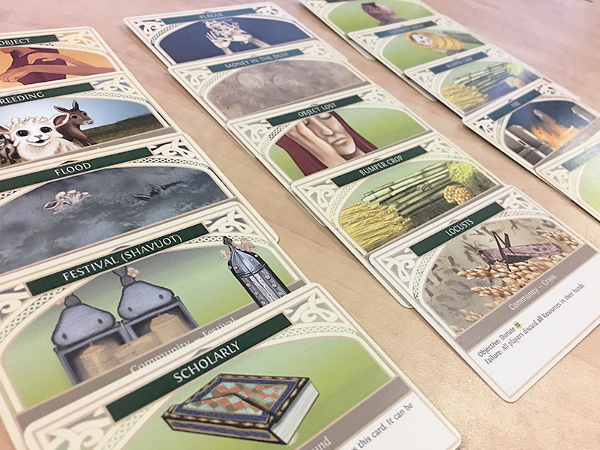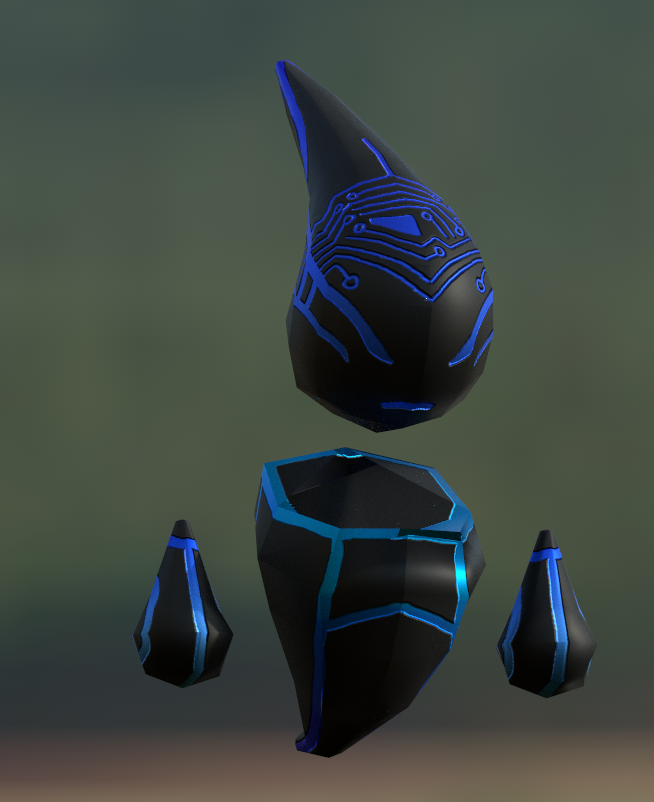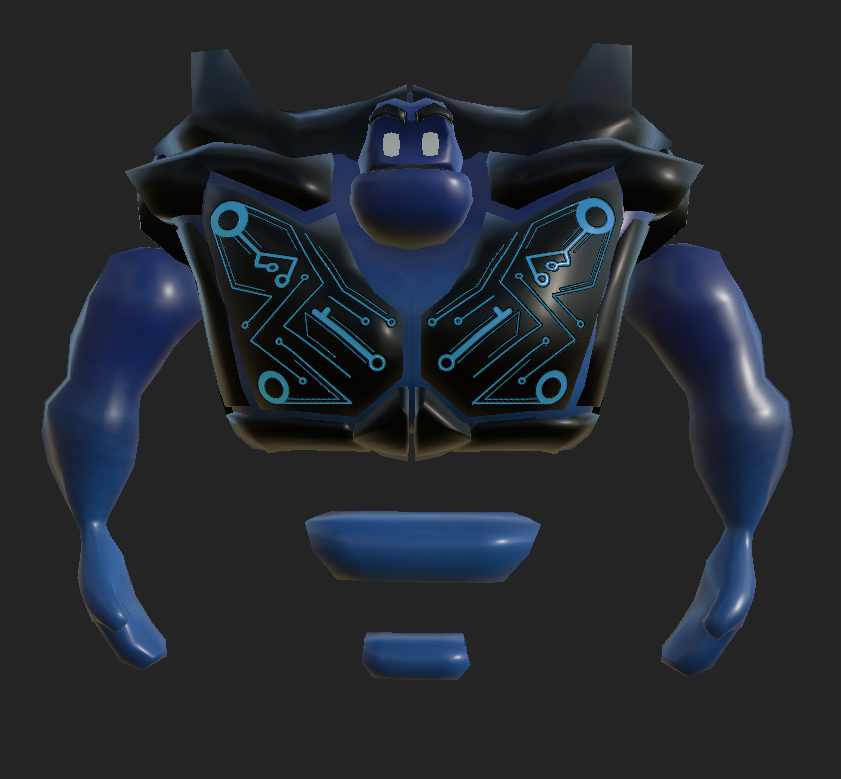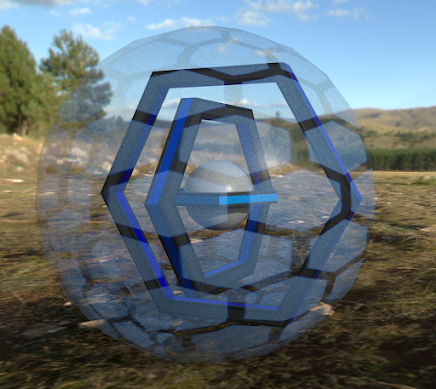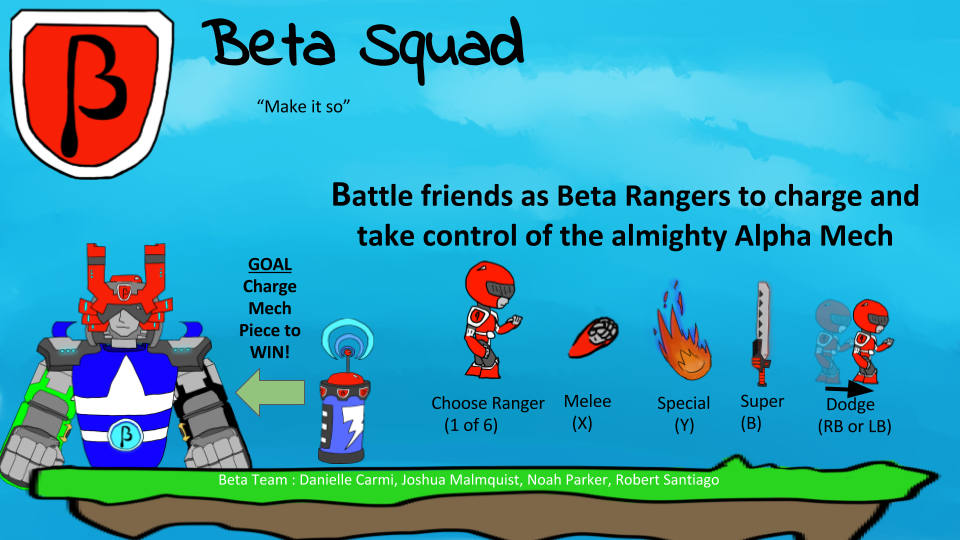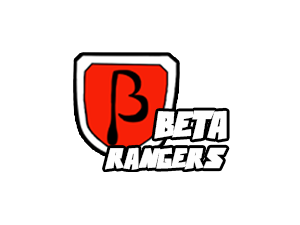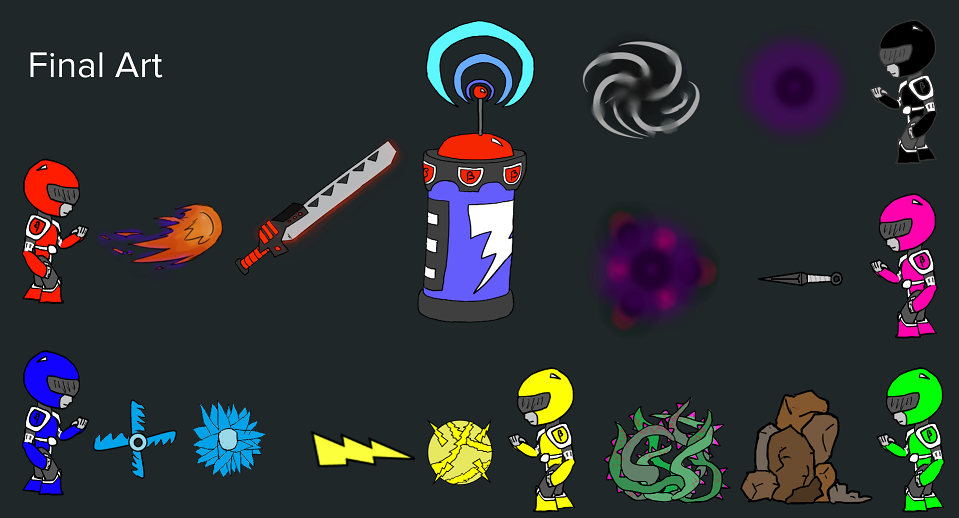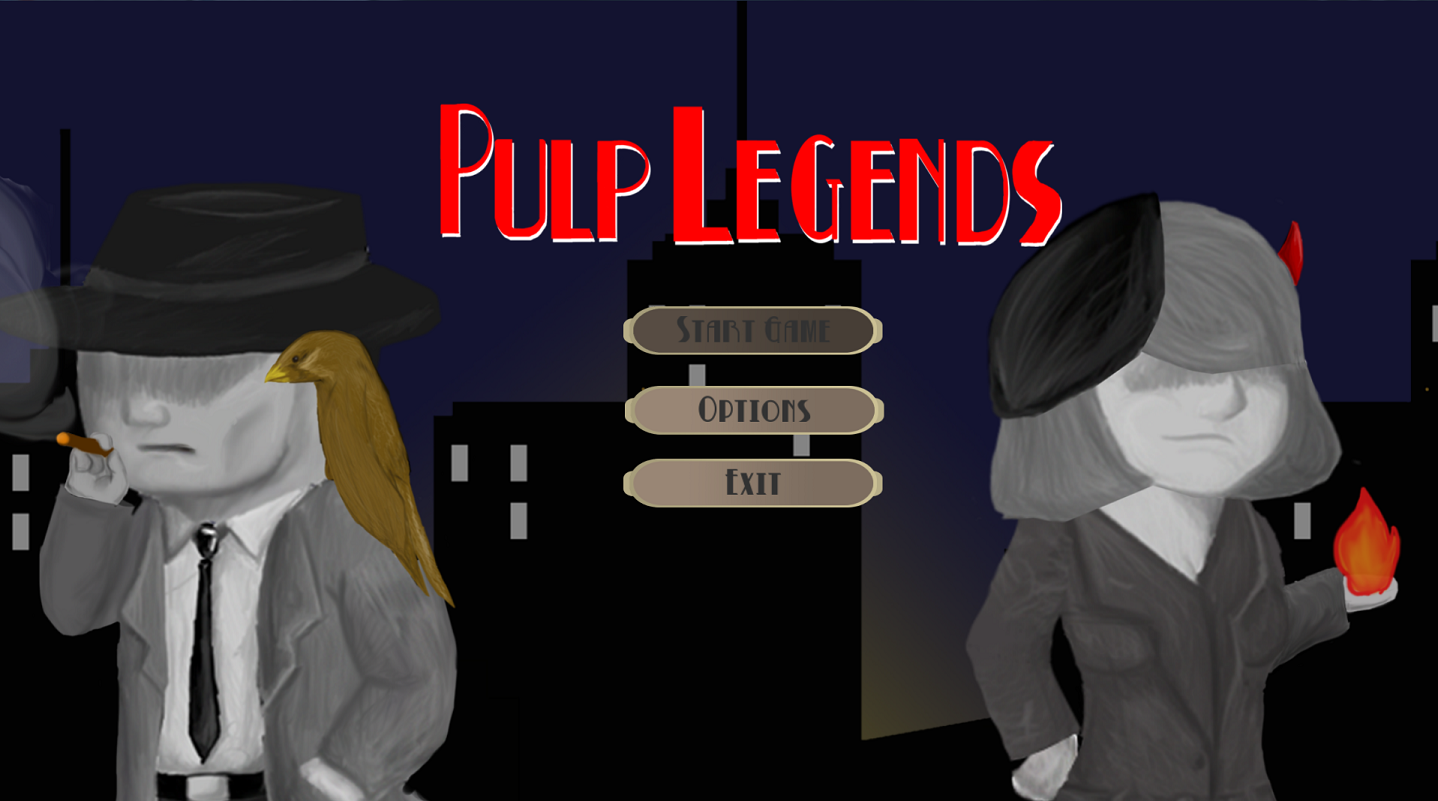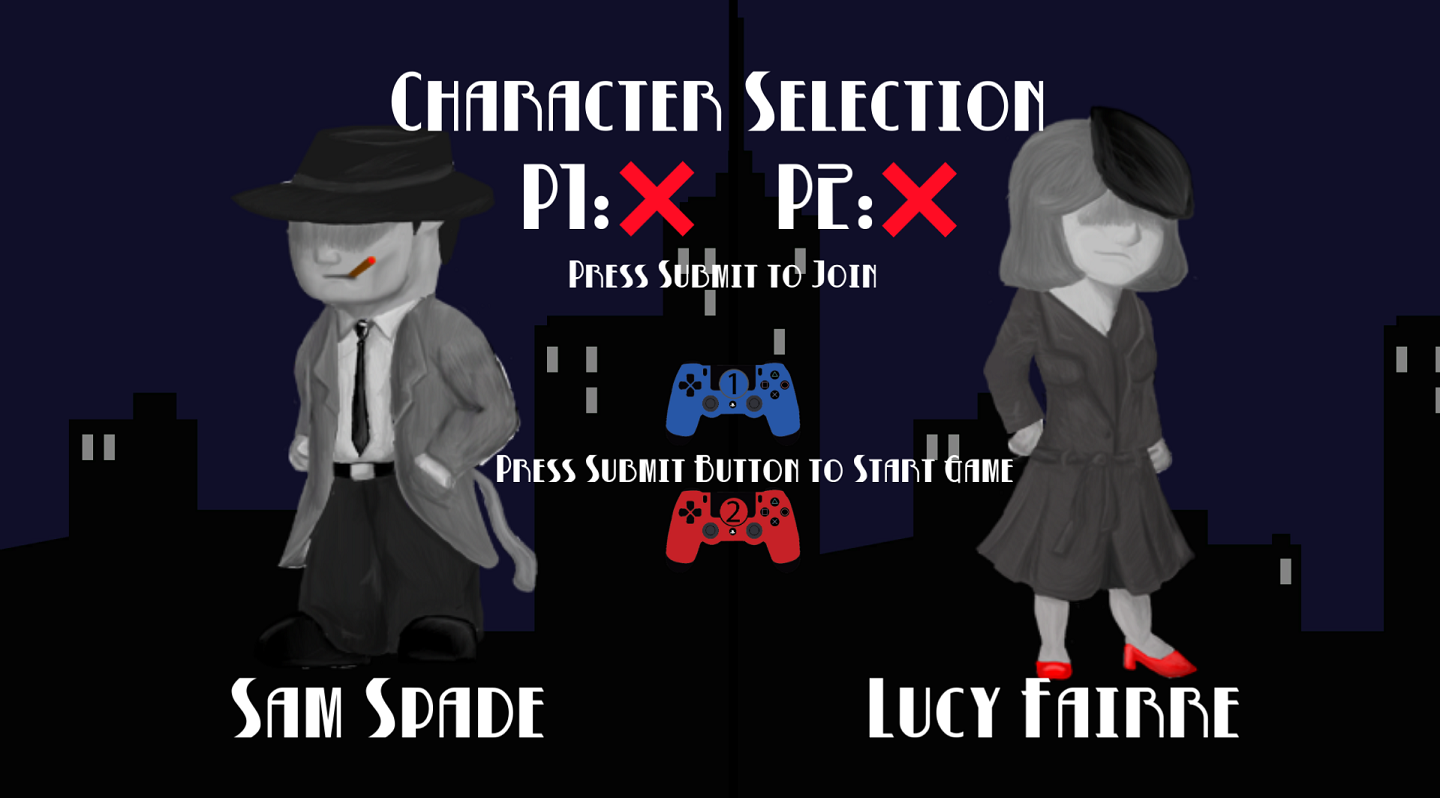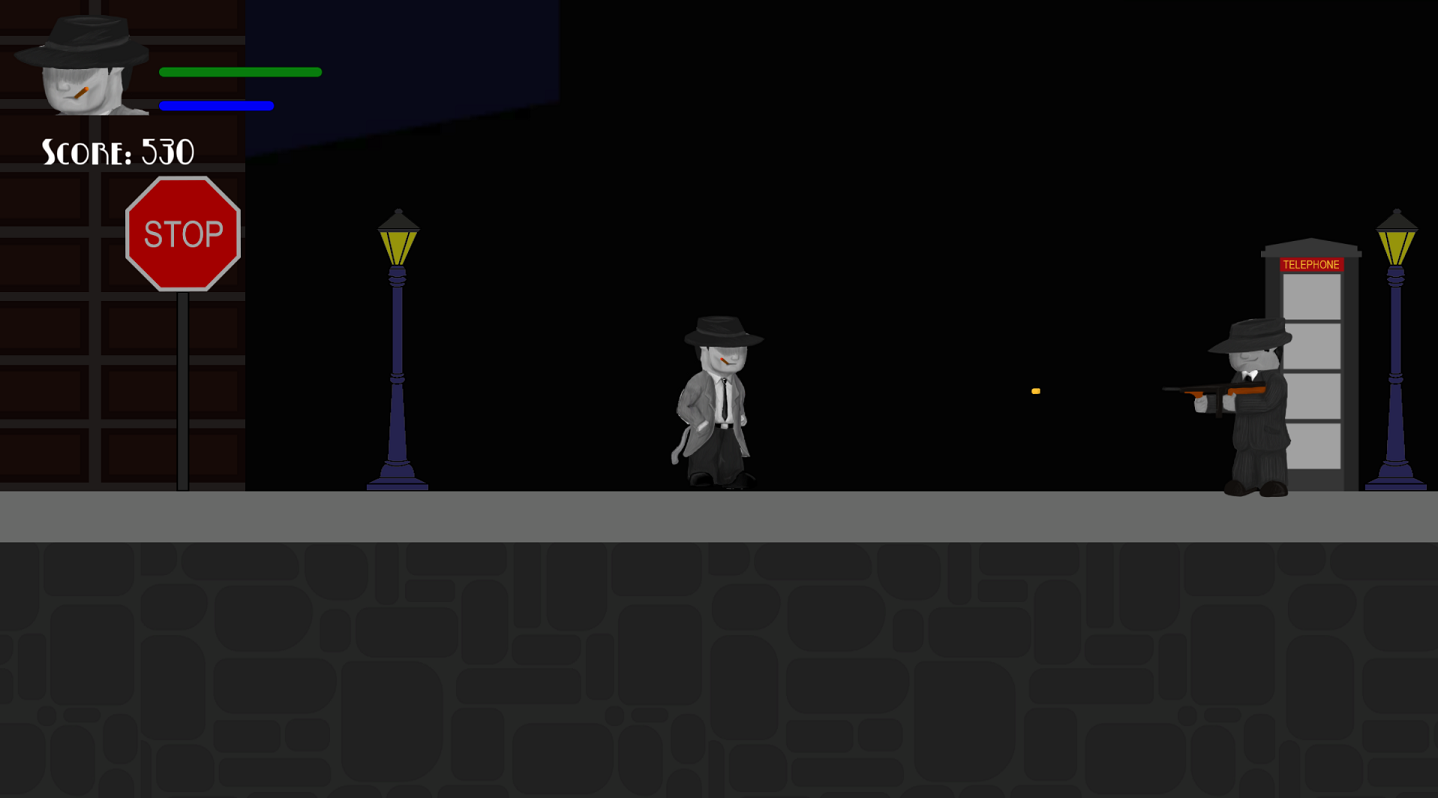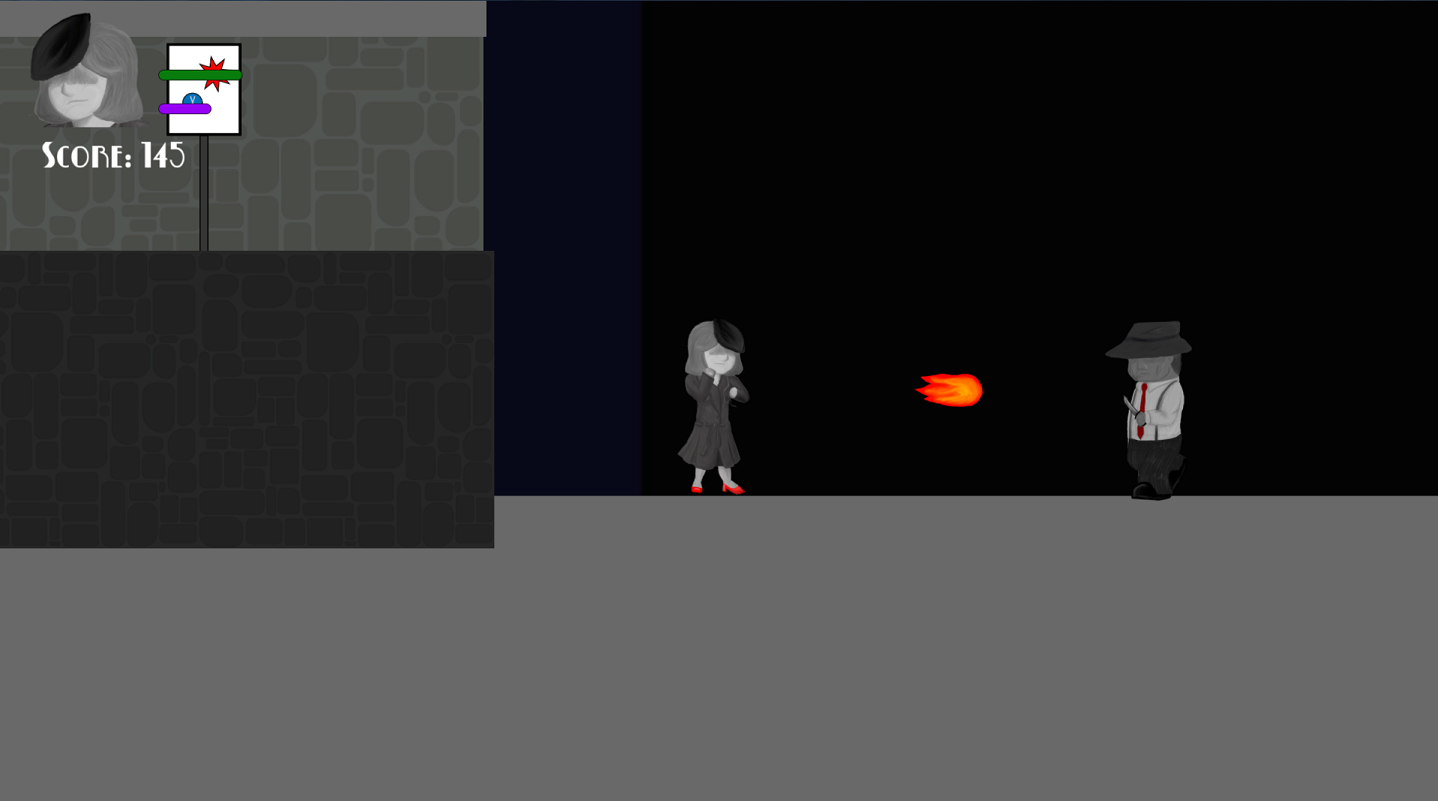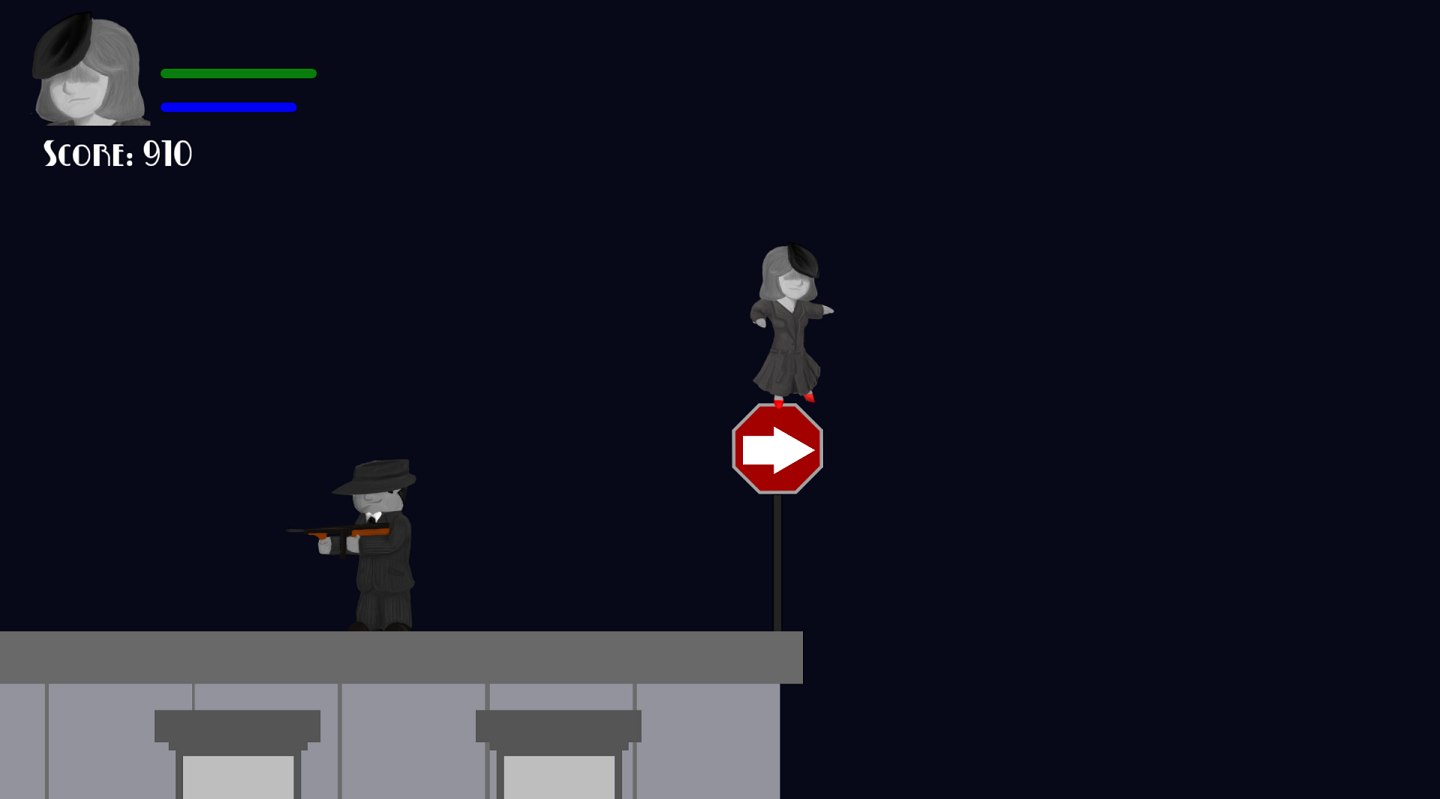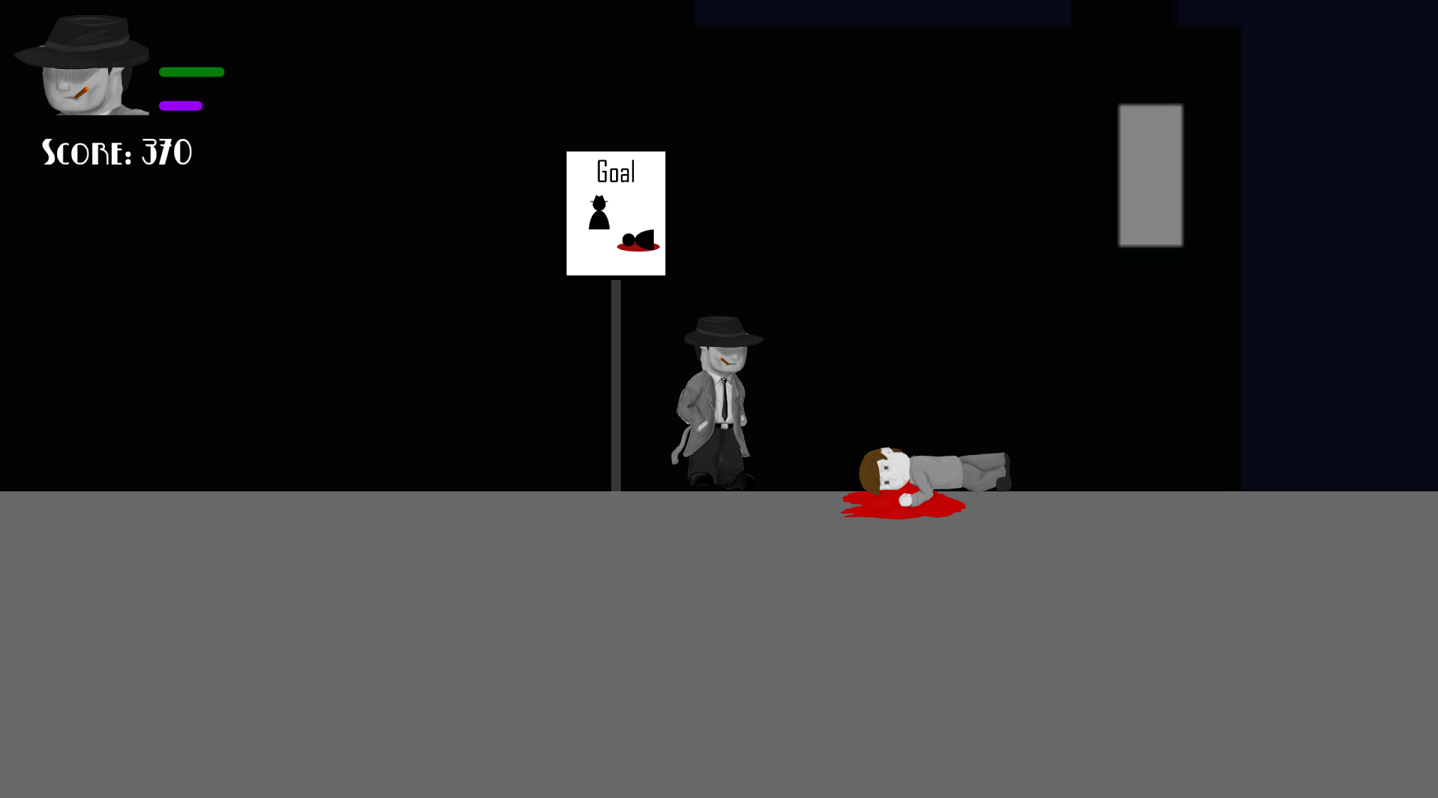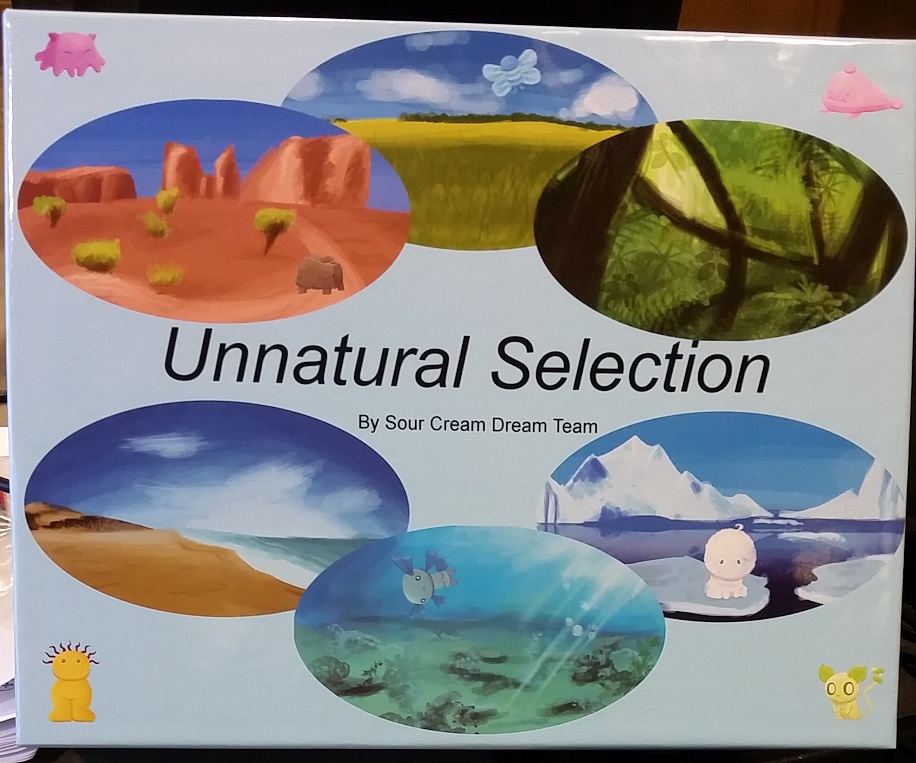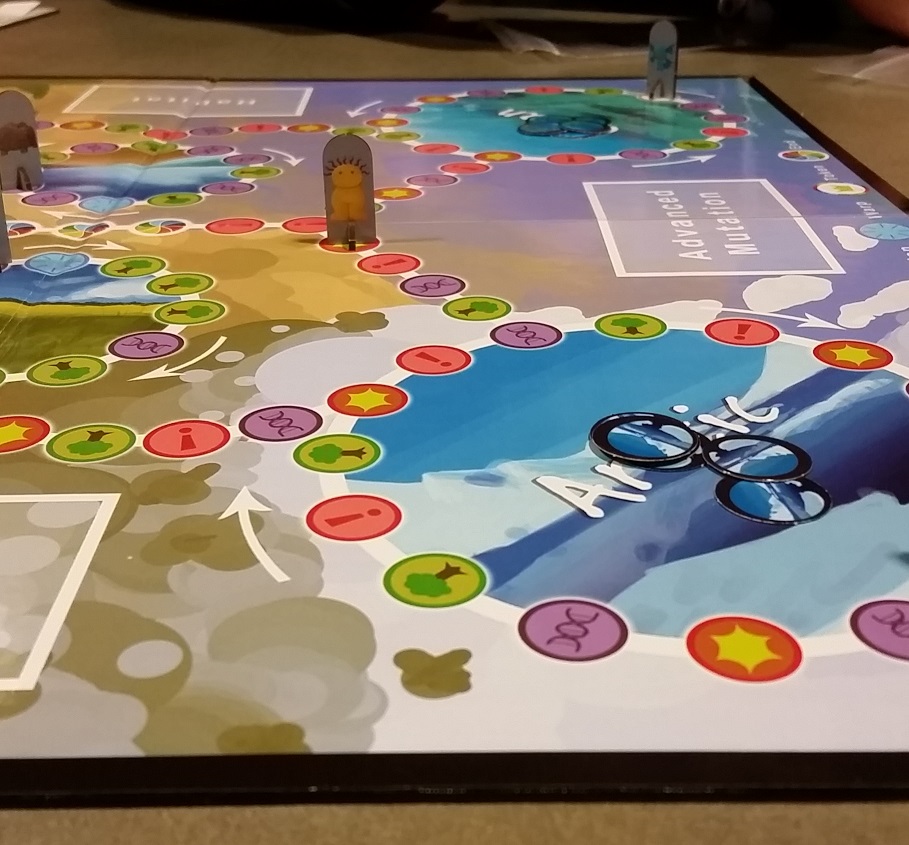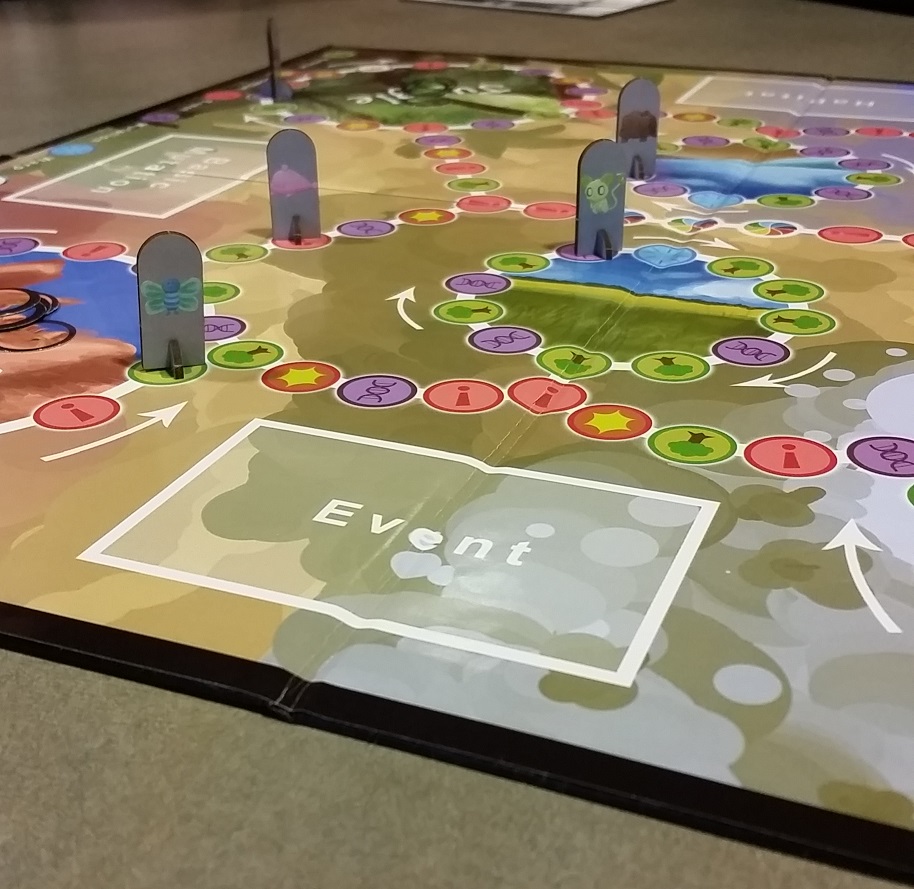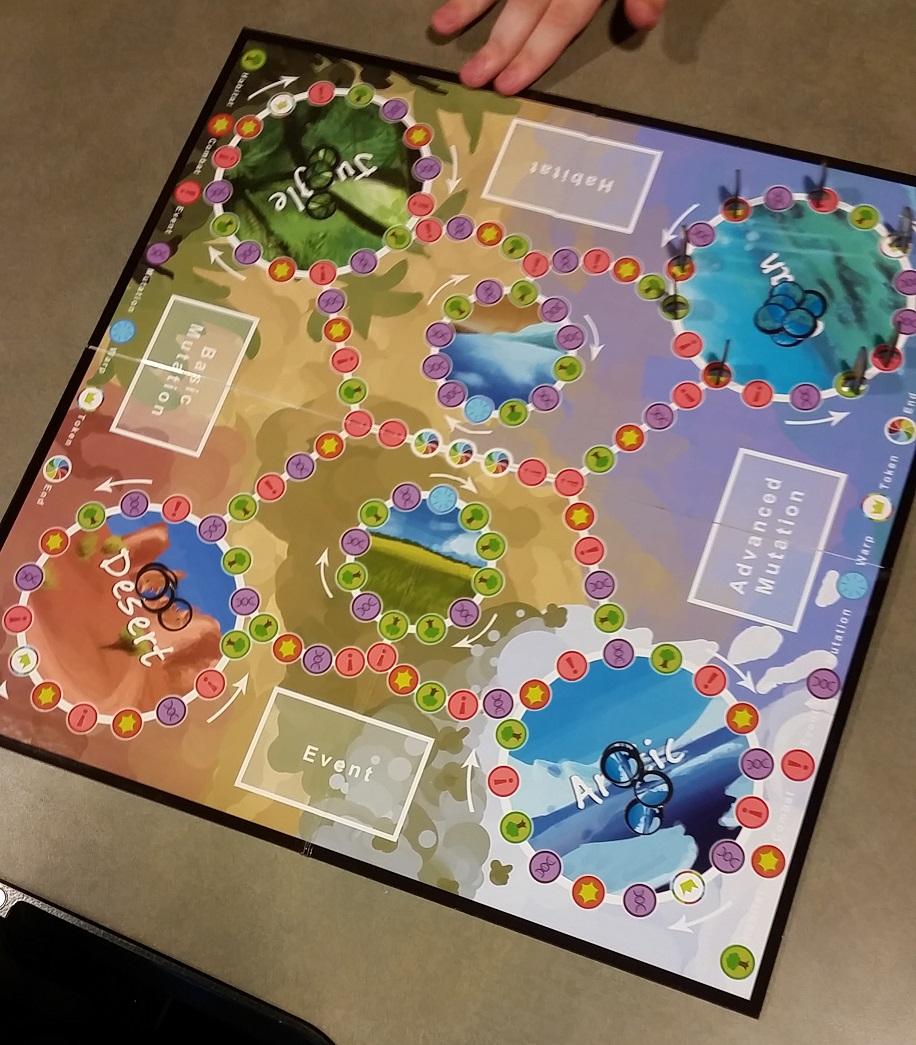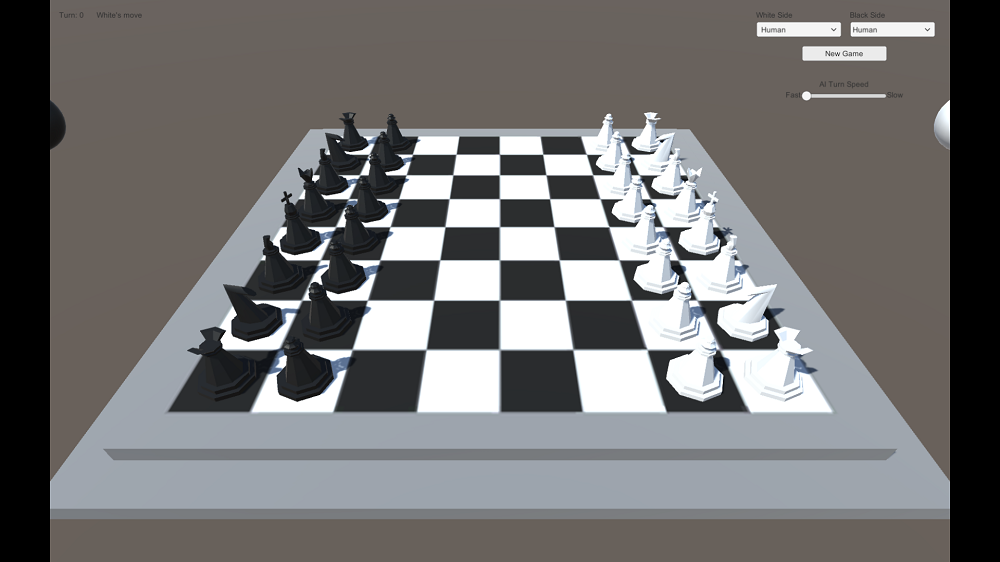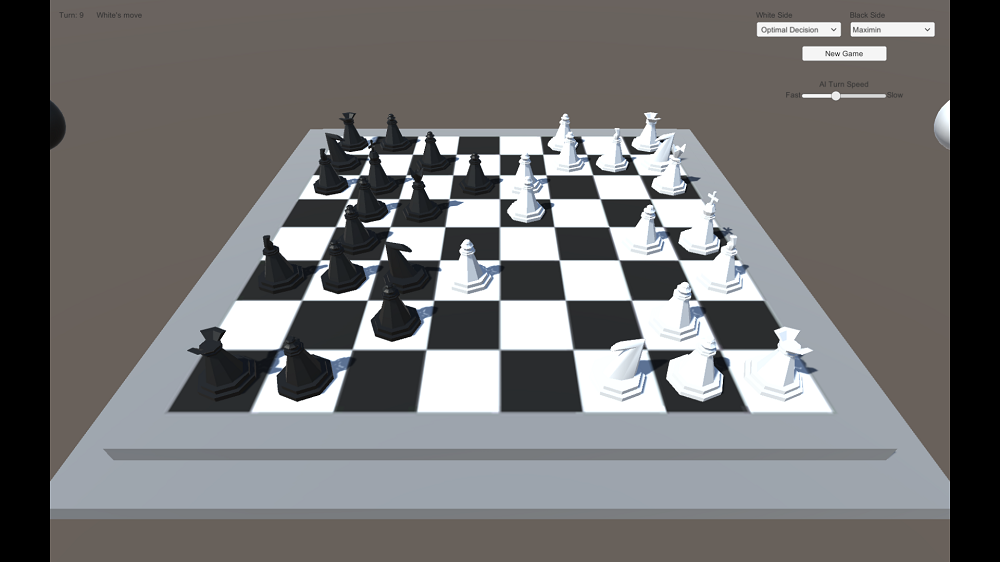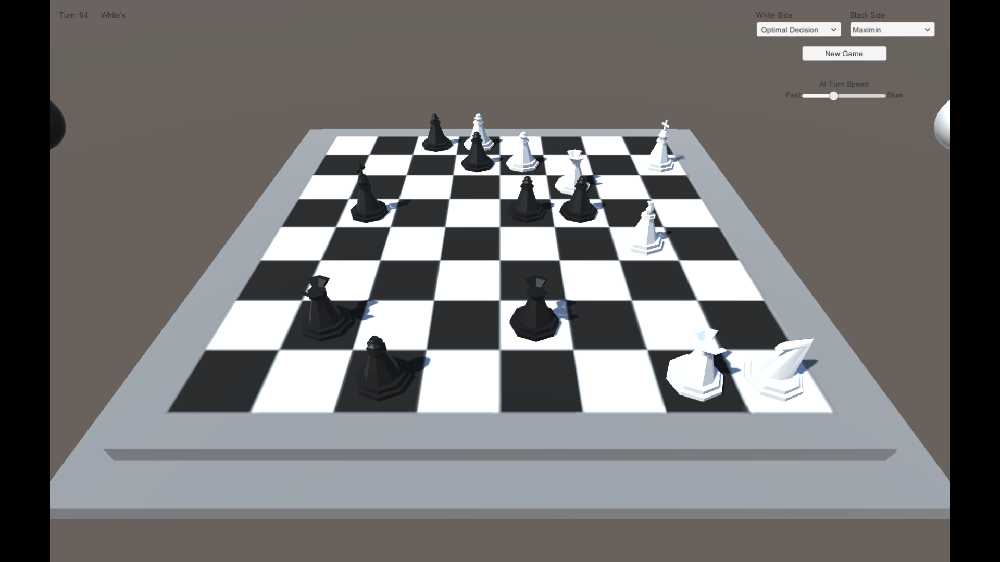Noah Parker
Game & Web Programmer
Programmer
I am a recent graduate of Rochester Institute of Technology (RIT), with a Bachelors of Science in Game Design and Development. I have been programming since 2013 and have experience in these languages: C++, C#, Java, HTML, and CSS.
I am interested in Artificial Intelligence (AI) and have achieved the rank of Eagle Scout in Boy Scouts as well as obtained a black belt. I consider myself a hard worker that gets what is needed done.
Read MoreProjects
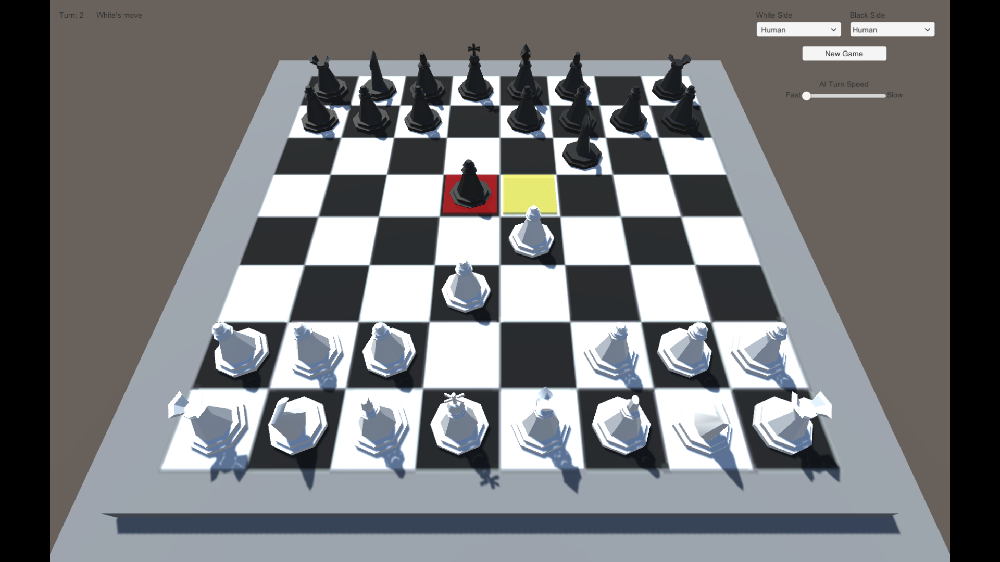
Pawn to King
A C# project to learn about different forms of artificial intelligence (AI). The classic game of Chess was used as the base because it shows pure strategy without randomness.
Read More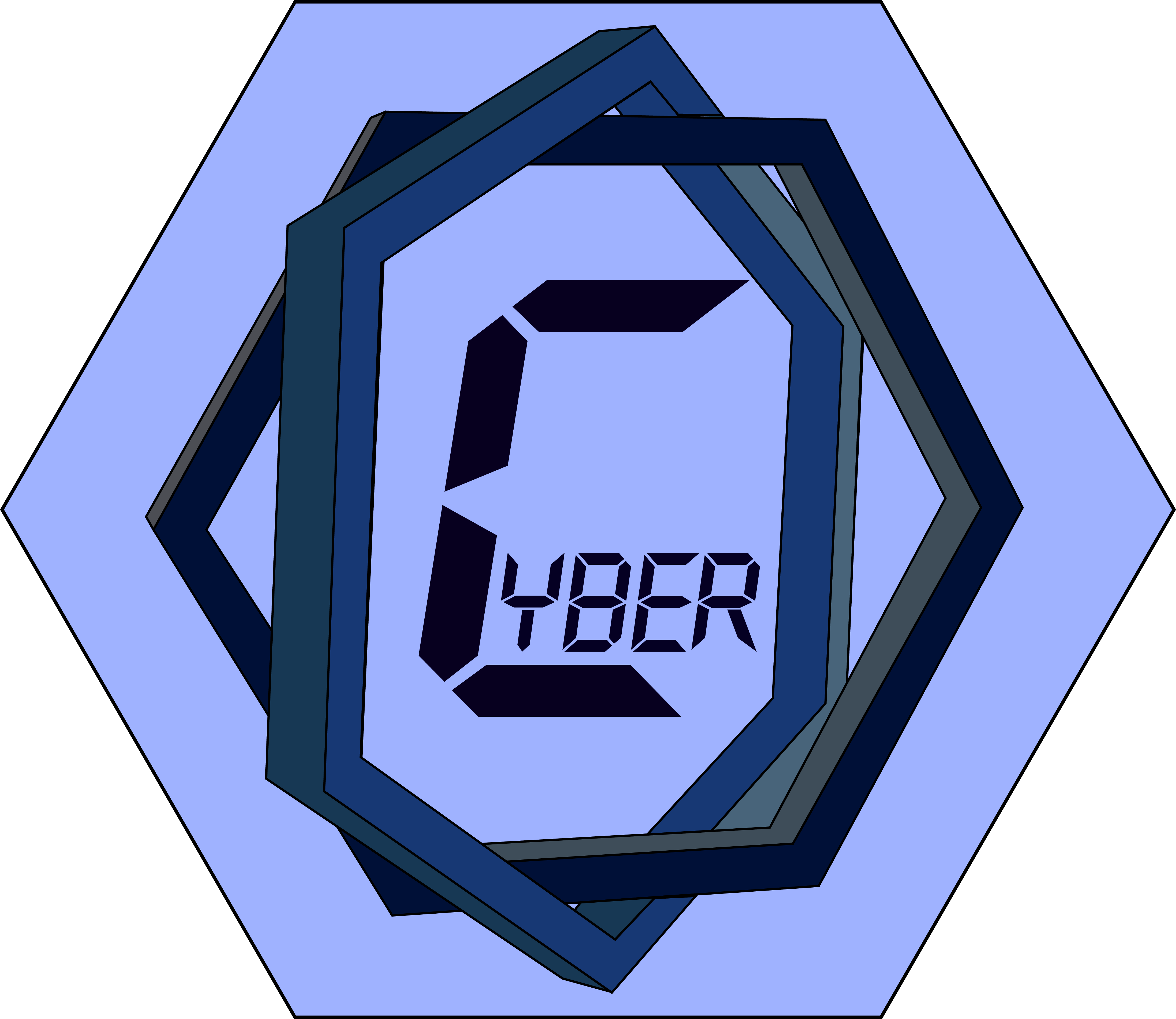
Project Cyber B
This VR turn-based, team strategy game put the player in the action as they move through cyber space, moving their motion controllers to summon minions or attack the enemy directly. They must get the info and then get out.
Read More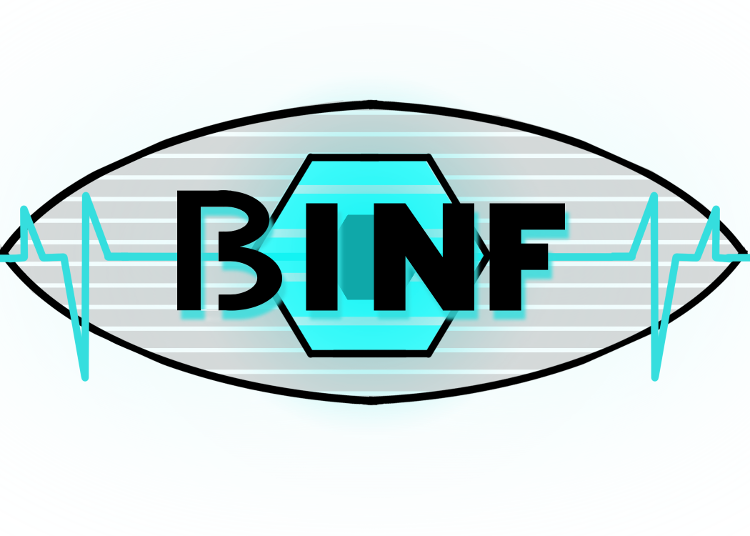
Null Sector
A tabletop Role-Playing Game set in a technological utopia where a benevolent AI rules. You can play as a master of the digital world and write programs that can change reality itself.
Read More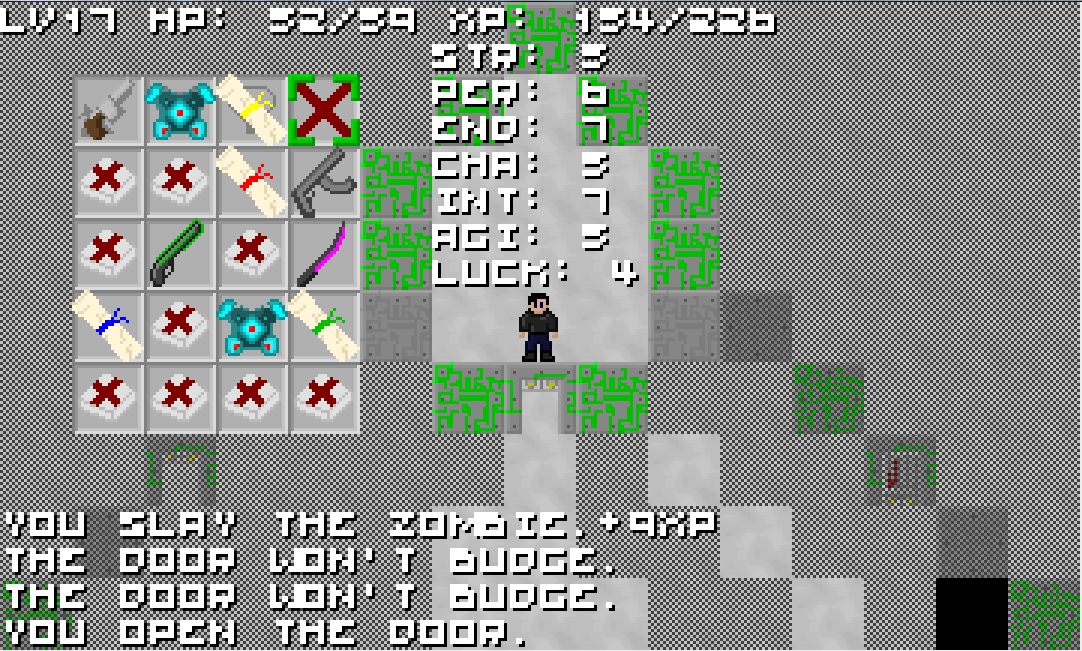
Depth Redemption
A Rogue-like game where you must fight your way through a lab and make your way down to the bottom floor. This game was originally made in Java but has been ported to Javascript with the help of Phaser, a Javascript gaming framework.
Read More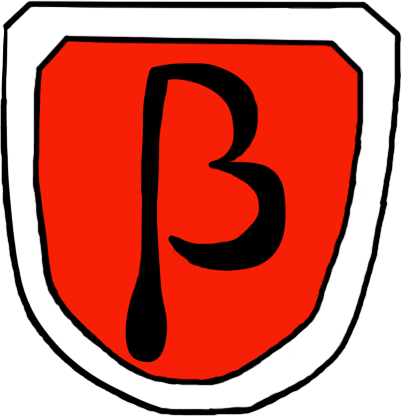
Beta Rangers
A 4-player, PvP brawler, where you take the role of a Beta Ranger as you try to fight your fellow rangers. Fighting over the only battery, you along with the other rangers must try to charge your piece of the mech to win.
Read More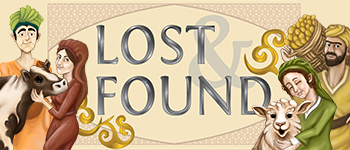
Lost and Found
A historical strategy card game of community, family, and lost and found objects.
Read More
Pulp Legends
Pulp Legends is a 2D couch co-op, side scrolling, platformer set in the Noir/Pulp Fiction Universe. You play as Detectives with odd powers who must work together in order to solve the murder of the police chief.
Read More
Unnatural Selection
Unnatural Selection: Survival of the Weirdest, is a board game in which players evolve their creatures to collect various tokens before their opponents. It focuses on giving creatures mutations to survive enviroments.
Read More




